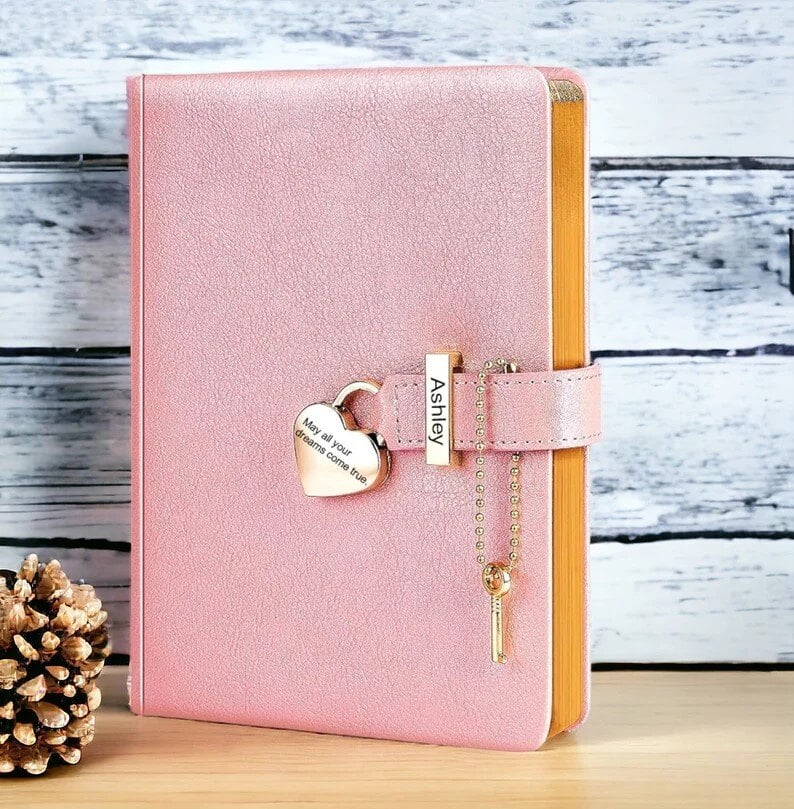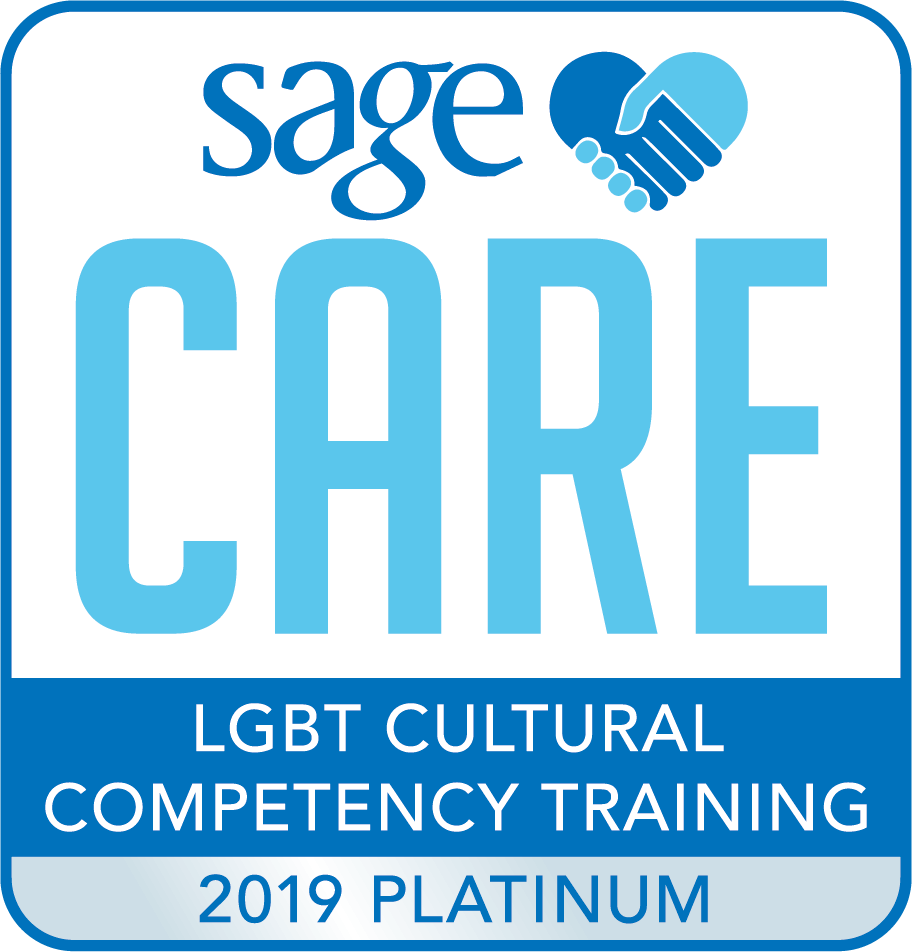A week before Christmas seven years ago, my spouse, Dave, and I were both sick with a virus at the same time. It was the first time in 29 years of marriage that we had simultaneously needed to be off work and at home. At that time, we lived in a house we shared with my mom, sister and our adult children, who would be home in the coming days for the Christmas holidays. So, we quarantined ourselves in our bedroom to keep from contaminating the rest of the house.
As we were recovering, this occasion prompted conversations with some new insight. Sharing one room and one bathroom with no “community” space for these days gave us a glimpse of our needs later in life.
It was apparent to me, the introvert, that I would always need some space each day where I could be alone. And, Dave, the extrovert, would need other people (in addition to me) with whom he could engage in conversation. At that point, at the age of 50, we really began to imagine our needs in our older years.
Pandemic Insights
In the past couple of weeks, as we have all been thrown into this pandemic time, I have been drawn back to those insights. We are now experiencing the full empty nest and living on our own. We are very thankful that our new house has room for Dave to work from the “official” spare–bedroom home office upstairs. Meanwhile, I can spread out on the dining room table for my home office space. The bonus is the den/studio space where I have begun to assemble face masks. My sewing supplies are strewn across the space, and the “mess” is out of sight.
We have had further conversations about what we might need in our older years based on our recent experience, so I was very interested to read Dr. Joe Coughlin’s article last week: COVID-19 Now We All Know What It’s Like to Be Old and Alone. Yes, examining our living environment is just one lesson this time can help teach us. But Dr. Coughlin suggests we use this pandemic experience to imagine older age in general.
Pandemic Experience
Living in this experience “can serve as an exercise in empathy (albeit an imperfect one), permitting younger people to appreciate some of what many older adults go through every day — even on a good day, in the absence of pandemic disease.”
He points out that for many, retirement can be experienced just as abruptly as the transition that many of us had going from life at work one day, to pandemic induced orders to stay at home the next.
Most of us are relying more on technology to continue working or to help overcome our isolation. But we are also having to learn different platforms or operate with new guidelines. It feels a little out of step to how we are used to performing. Suddenly, “the stereotypical image of one’s older relatives having trouble setting up their DVD player begins to make more sense.”
And how many times have we noticed it appears that older adults talk about a narrow range of topics? Every conversation with dear loved ones might begin with the weather report. And the conversation didn’t conclude until the older adult reported on their health symptoms and doctor appointments. That seems to be the general flow of most conversations today. Is the weather conducive for a walk to get outside the house? And what is that cough about? Do you have a temperature?
Suddenly, taking care of logistics at home must be carefully planned out. How long will our TP supply last? When is the best time to go to the store in order to avoid the greatest number of people? What do we do when we are sent away from the doctor’s office or hospital because we are not sick “enough”? Who is going to care for me if this virus invades my body? These are concerns and challenges older adults face every day.
Pandemic Opportunities
Many stories have been posted to social media to remind us to reach out to older neighbors. Examples of neighborhood kids taking their instruments to a neighbor’s front porch to give a little concert. Or asking what they need and adding that to the shopping trip for our own household needs.
But there is also an opportunity here for us to ask them for advice about how to thrive in this time. What from their life experience helps to give them hope in this pandemic? What have they learned about daily routines to help counterbalance the feeling that we are all living in the movie Groundhog Day? What has taught them resilience in the face of danger? And what do they fear or need most in this time?
There are all kinds of ways to engage in these conversations and many opportunities for us to gain new empathy for the older members of our community and of our own future lives. Older adults are not the reason we are in this situation. They are just more at risk.
In this pandemic season, everyone might benefit from imaging life in the future — as distant and uncertain as it may be. There will be a new normal after the pandemic; we just have to wait and see what that is. And hopefully, for many of us, we will eventually be the older adults in the world.
But even now, we can consider the basics of what we might need, ponder what might be possible and open ourselves to the reality that we are not in complete control of the outcomes — but only our response to what is presented to us each day. May we find ways to reach out to others, even as we reflect on the challenges we feel and face these days.
4/7/20 12:30
View all articles by:






















